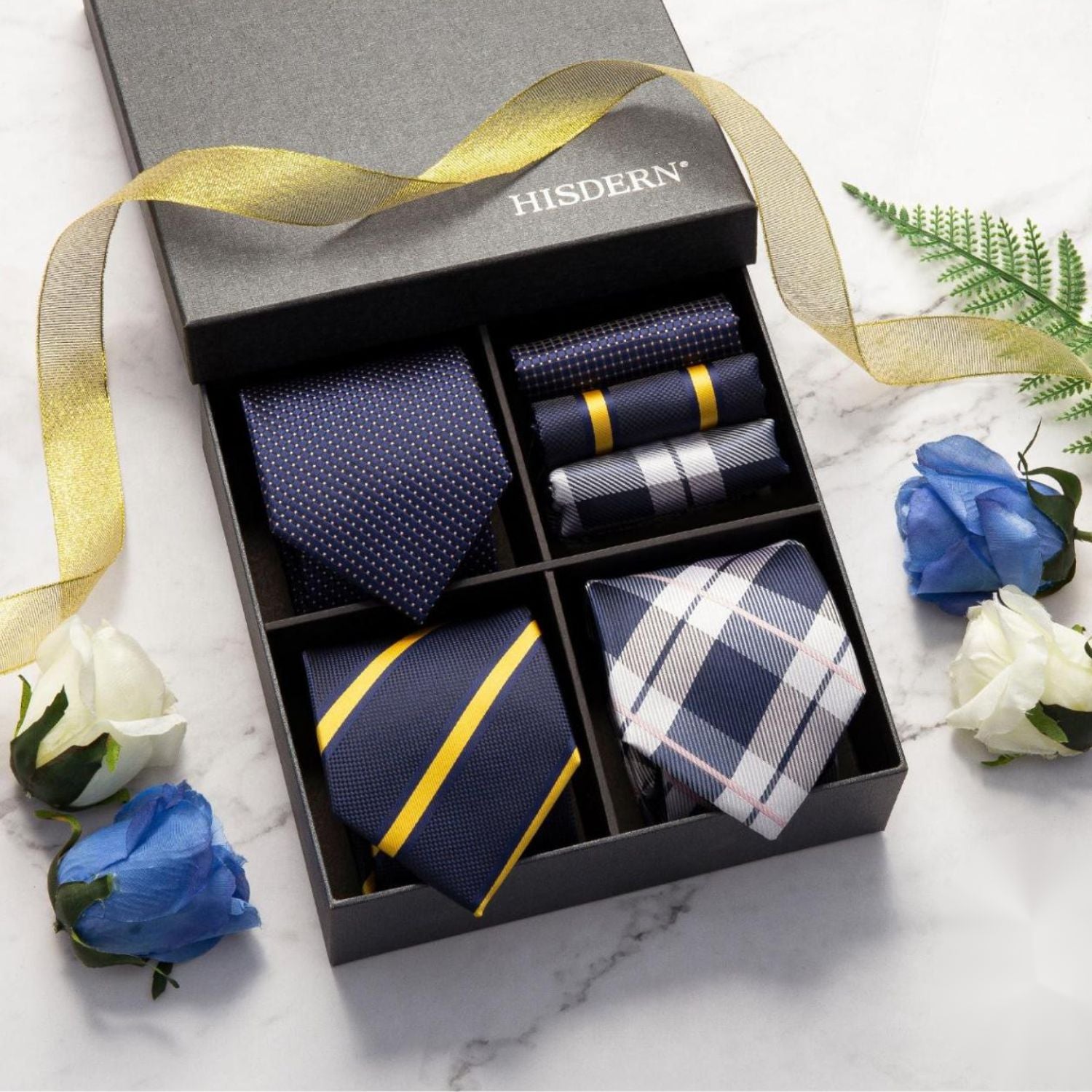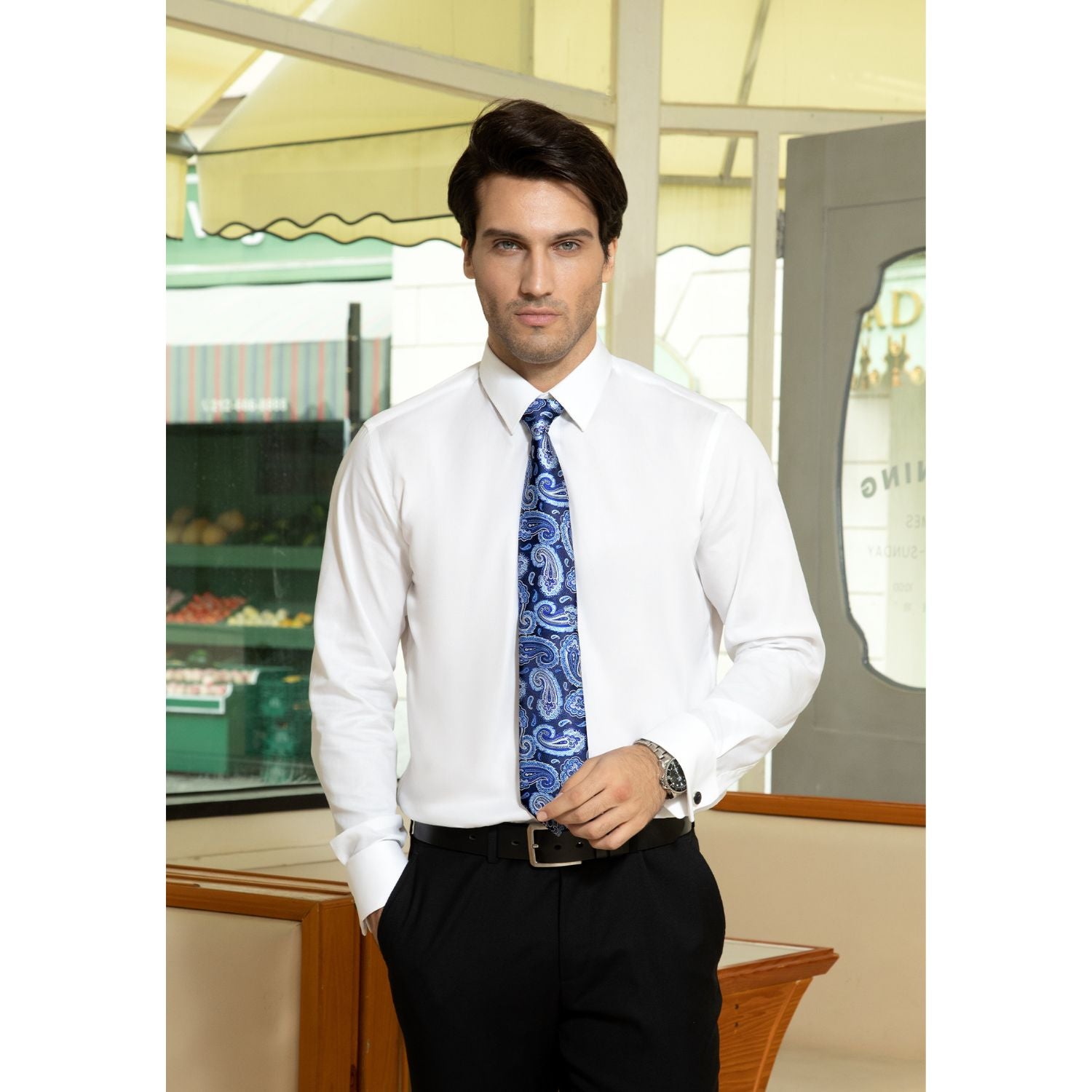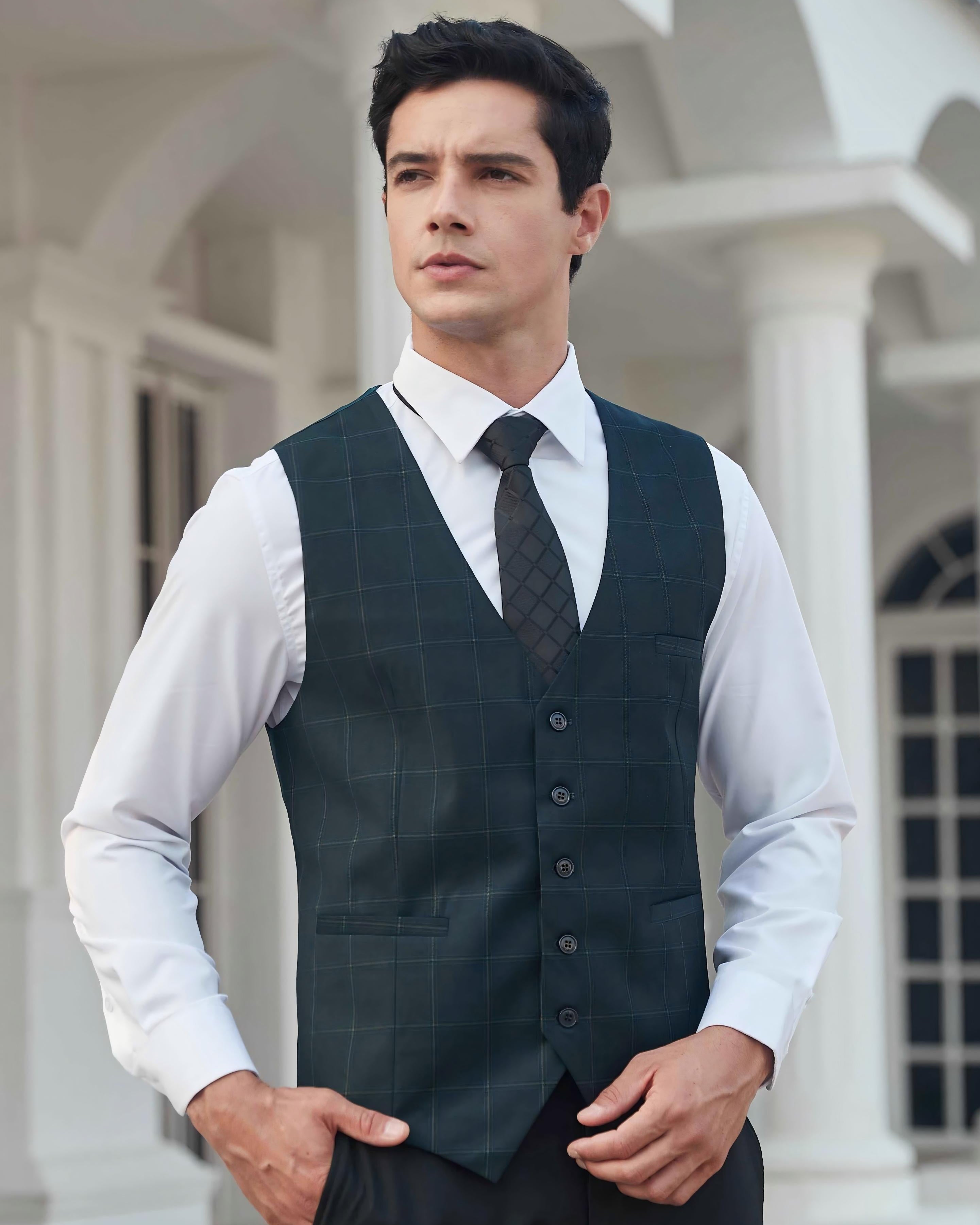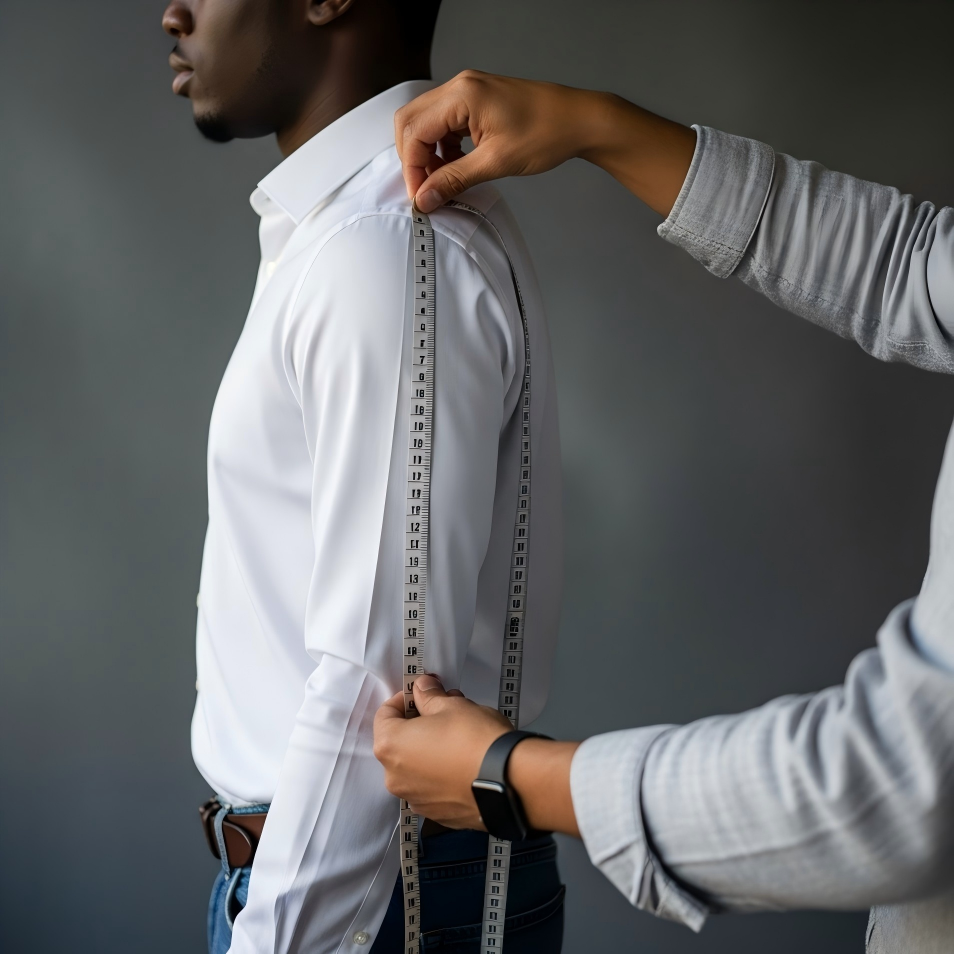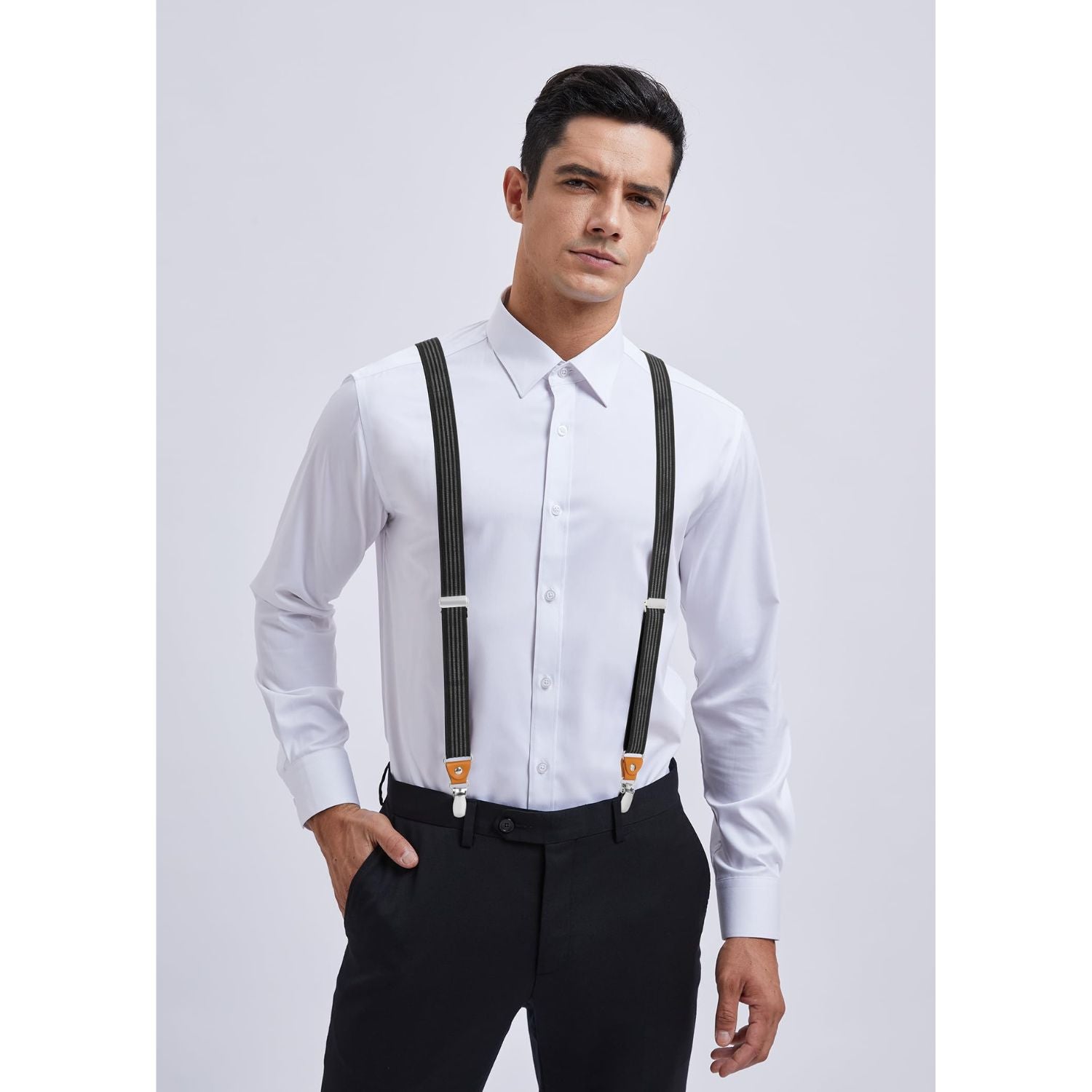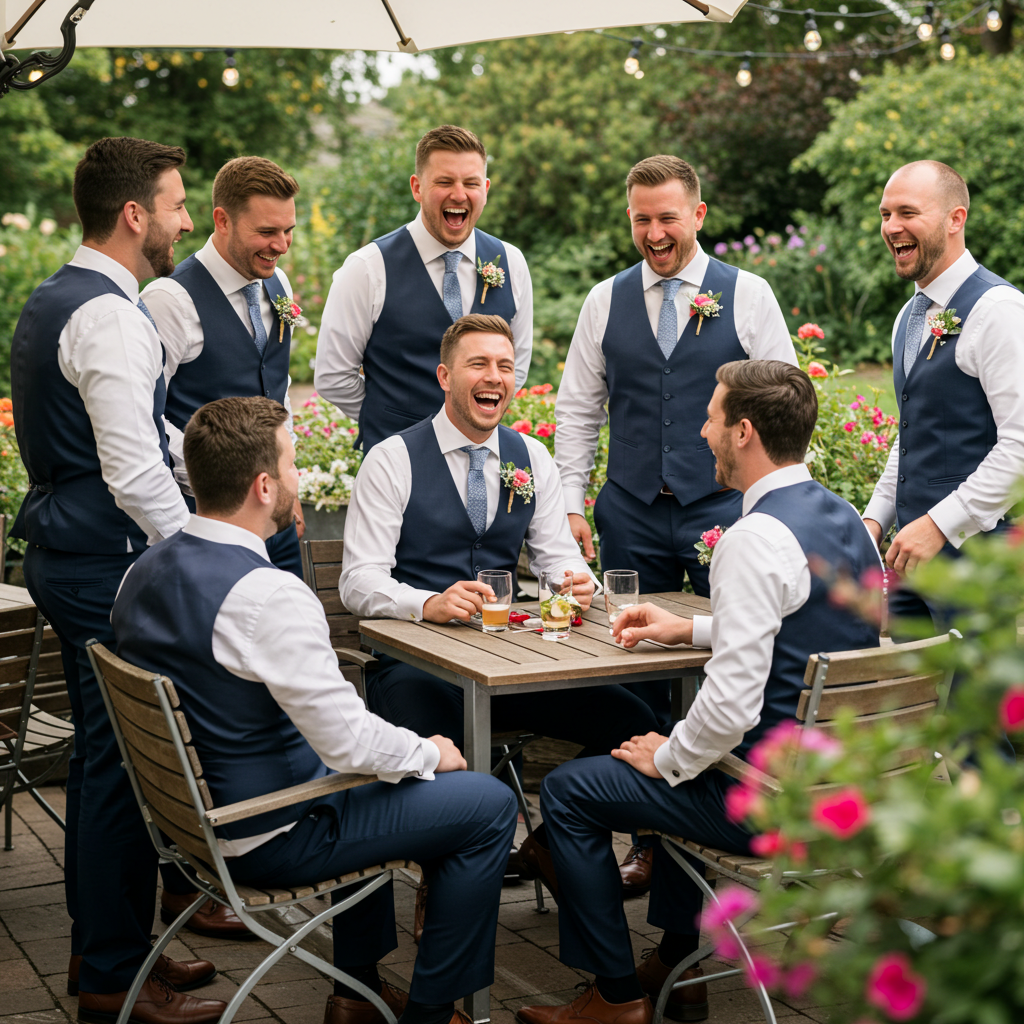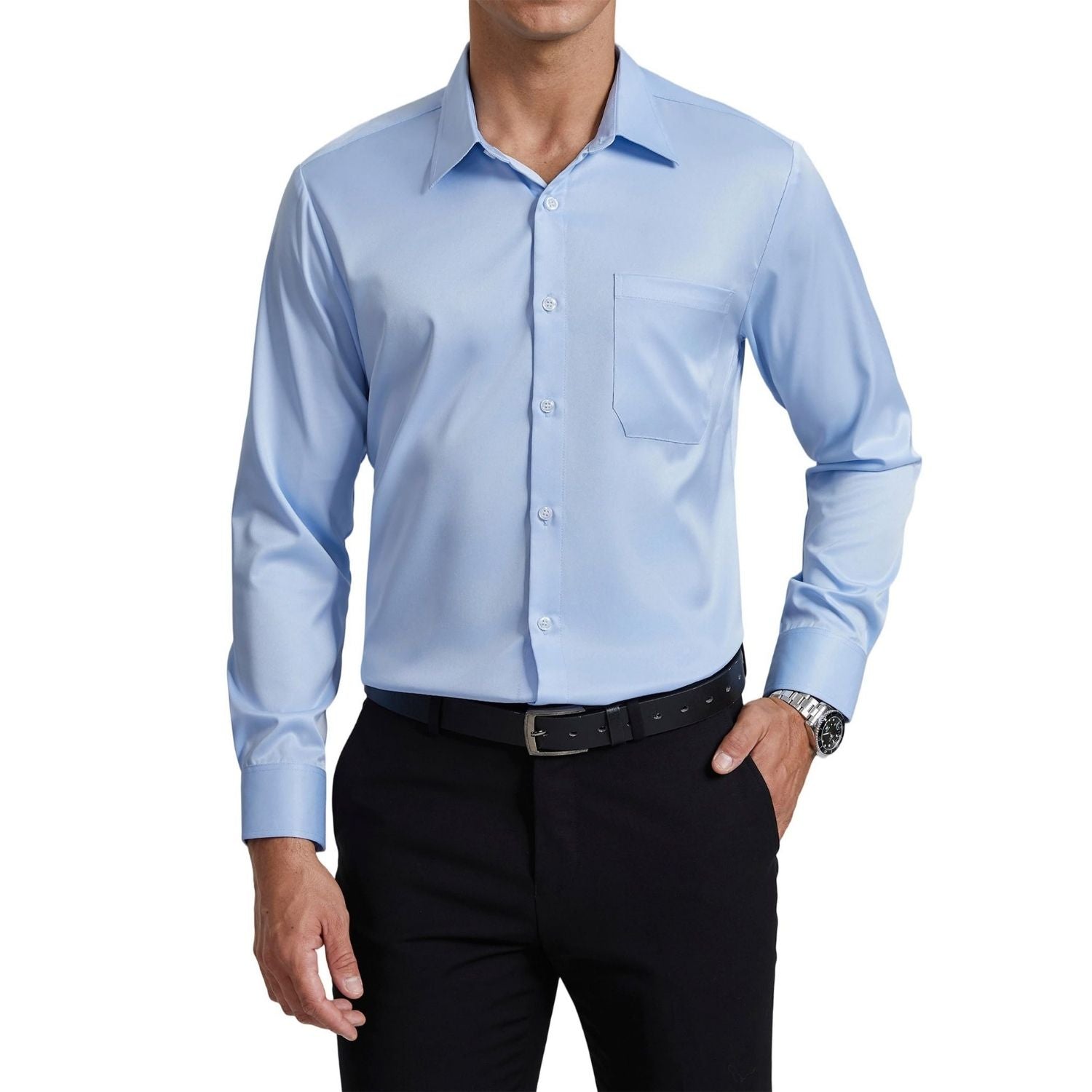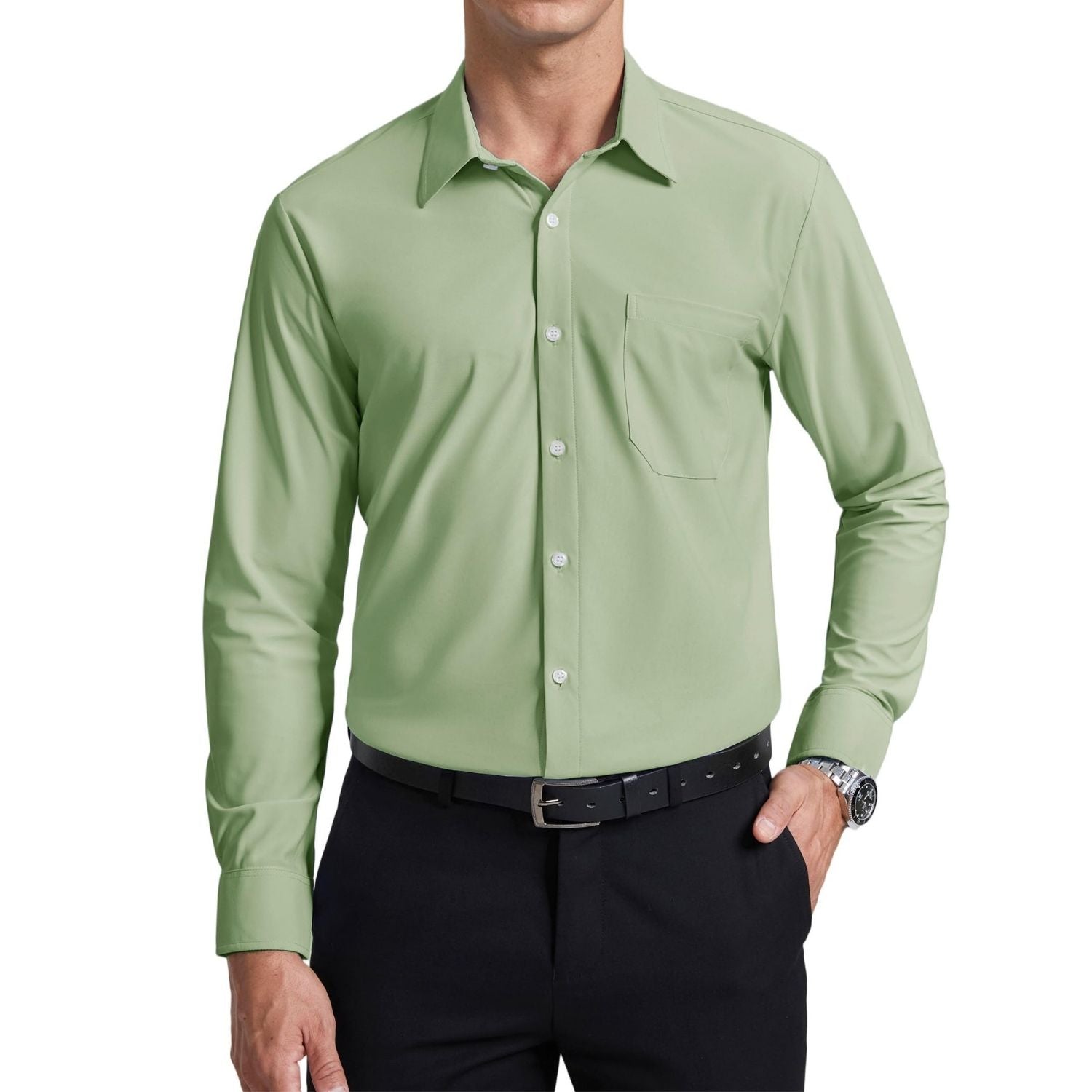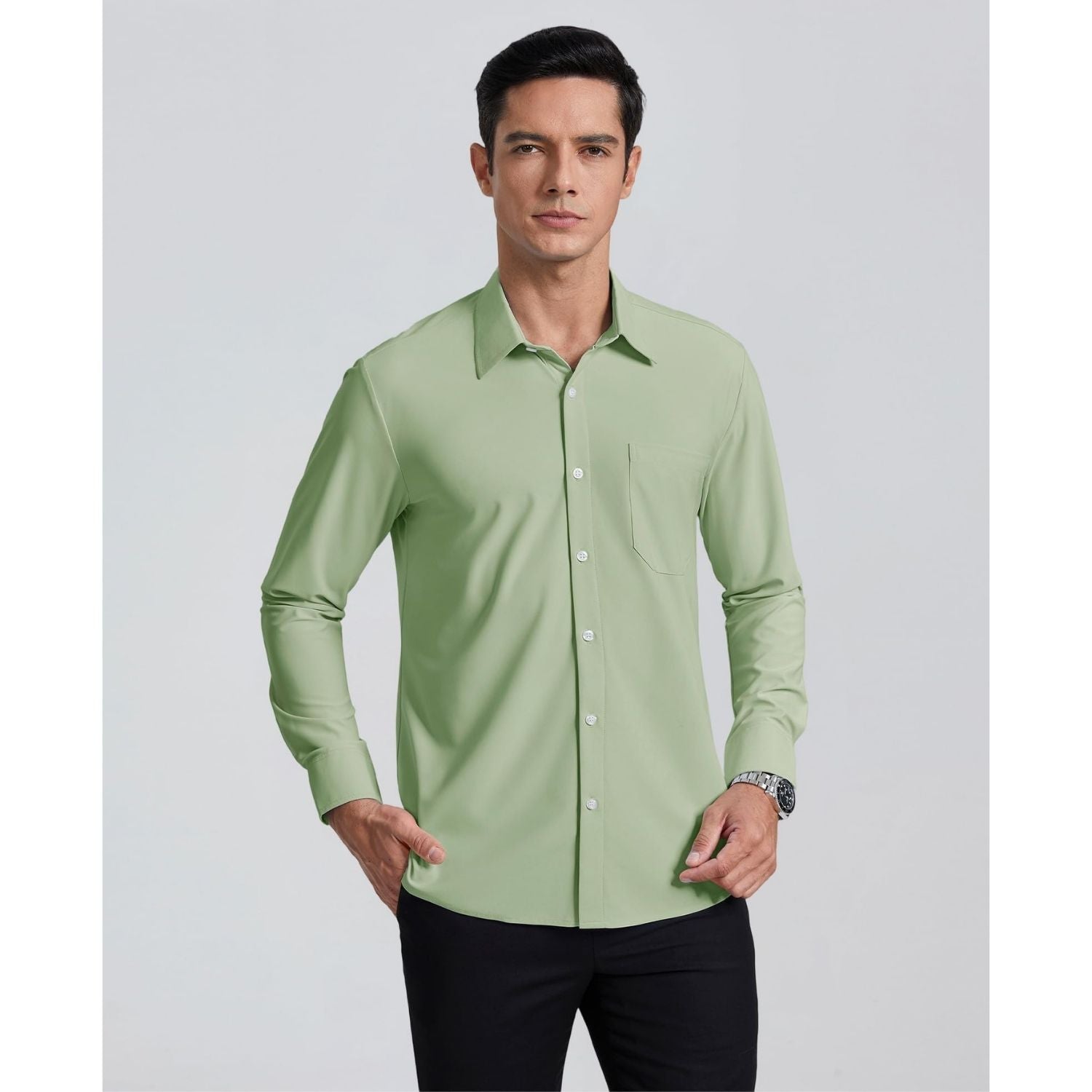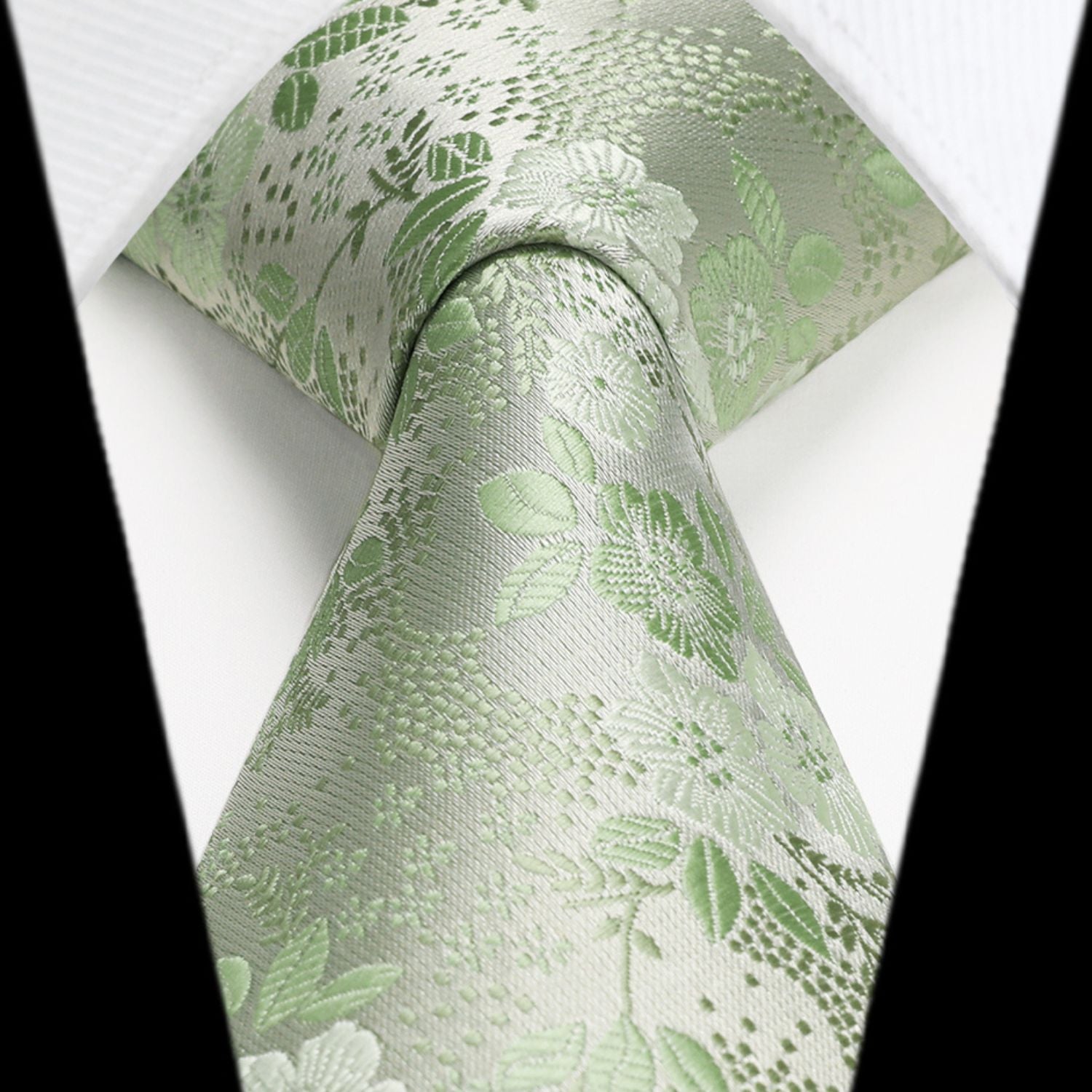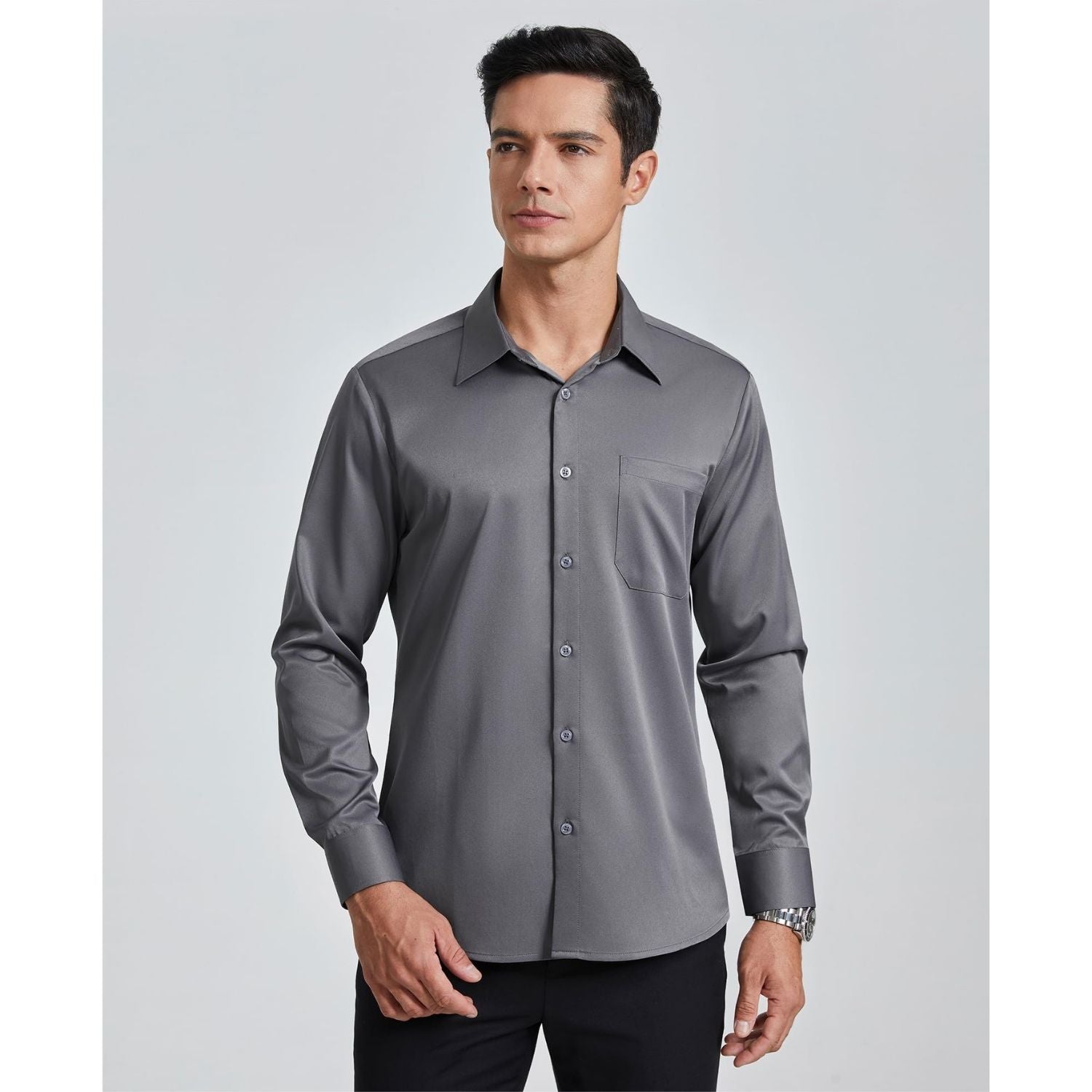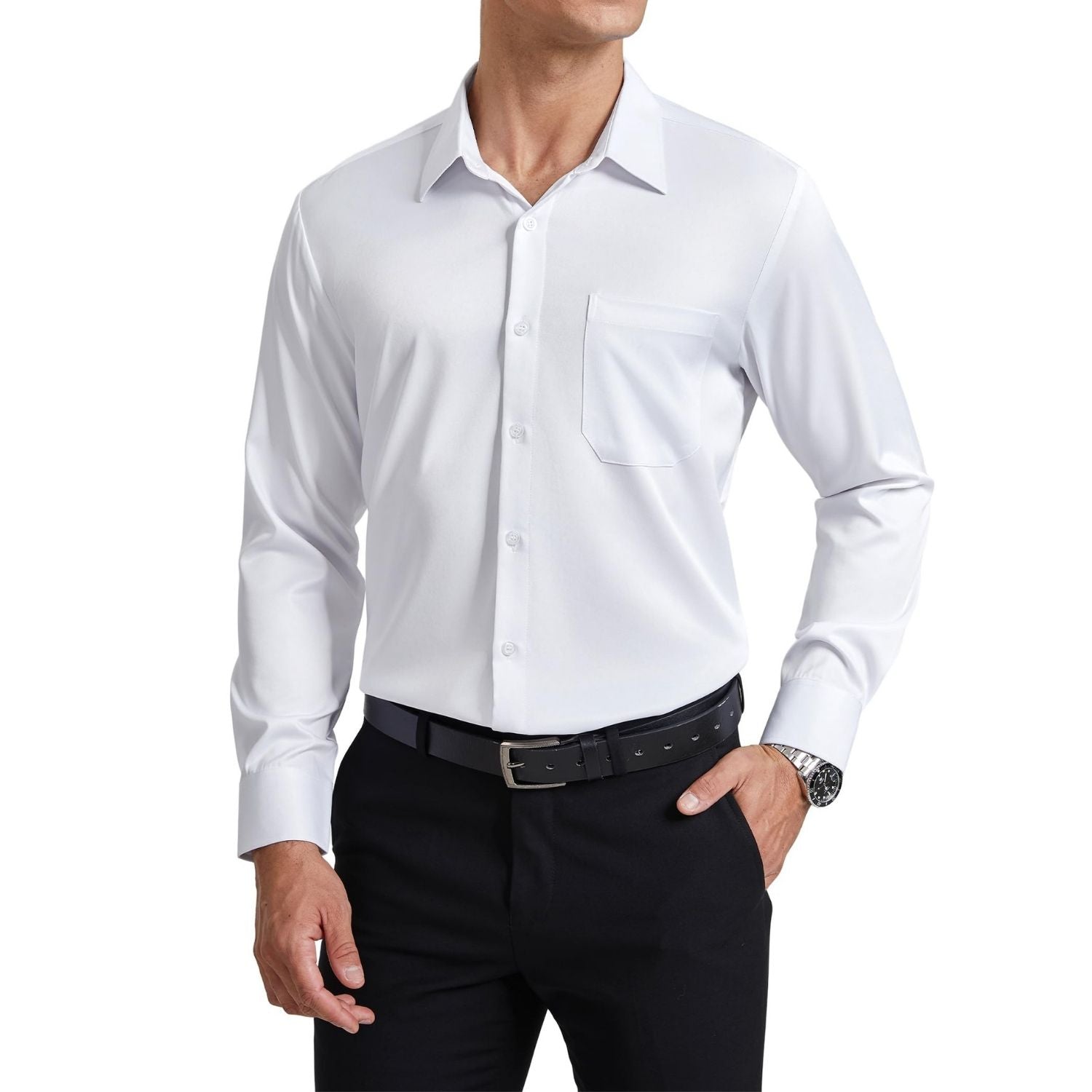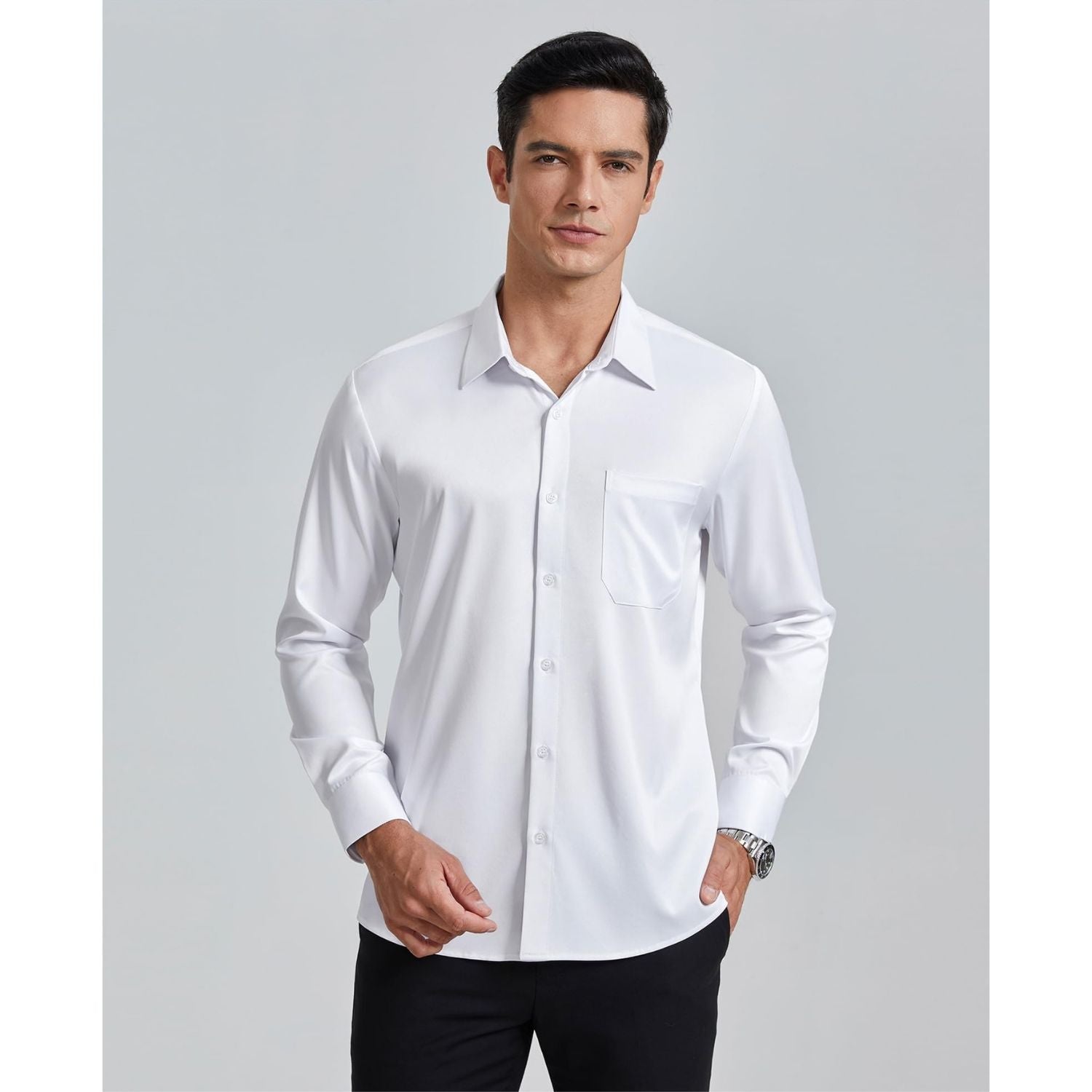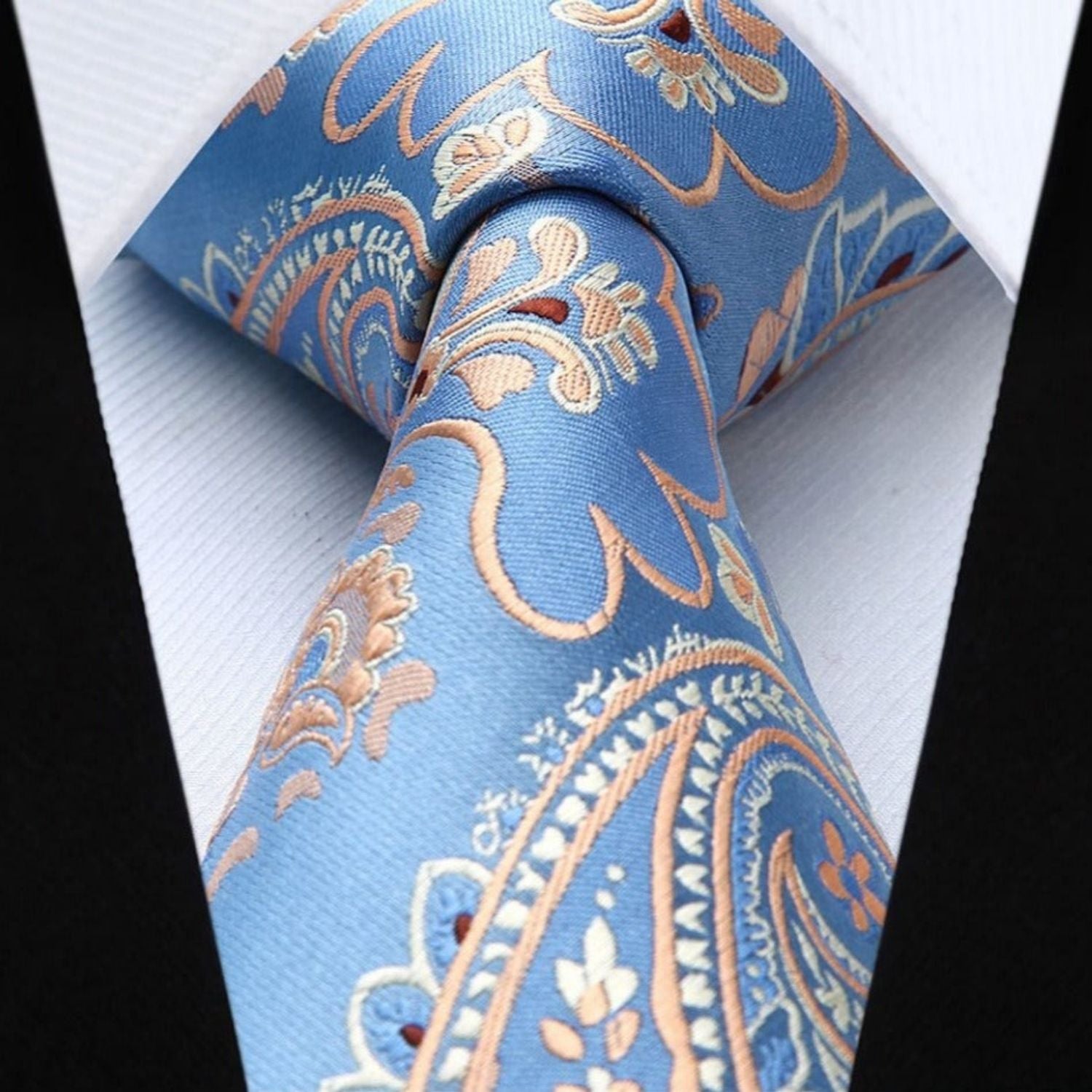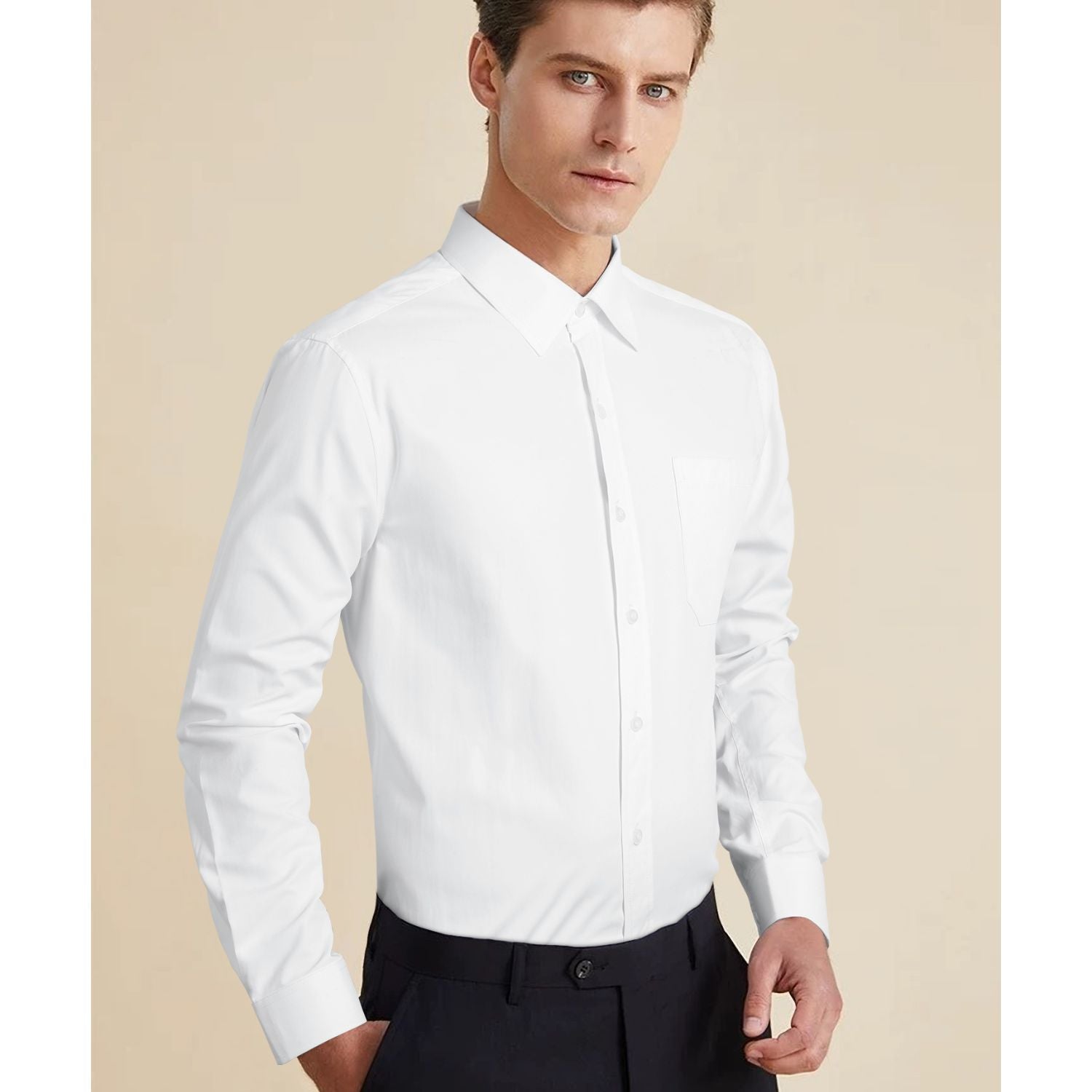6 Different Types Of Ties To Up Your Style Game

Let’s be honest, it’s hard to get through adult life without one! After all, even if you're a businessman who never wears a suit to work, a tie can still come in handy at special events and occasions like weddings, interviews, and funerals.
But here’s the thing – there isn’t just one type of tie that men can choose from. There are many different types and styles to choose from depending on the culture, etiquette and occasion. So how do you know which one is the right choice?
In today’s article, I’m going to break down the 8 ties that every man should consider when improving his game.
Types Of Tie #1: Standard Tie

It is sometimes called a "regular" or "straight" tie and is known for its classic shape and minimalist design.
Standard ties typically have a narrow tie width and fabric thickness of 2 to 6 inches, depending on the style. Depending on the style, it can have patterned and colorful finishes or a more conservative look. Ultimately, it's one of the most versatile ties a man can wear, so every man should own at least two.
Ties are often used in formal business settings or special occasions such as weddings. For most people, this is the "safe" option, allowing you to blend in with the crowd and meet the expectations of most formal settings.
Types Of Tie #2: Bow Tie

Another example of a classic popular tie is the bow tie.
The cravat is the iconic bow tie that has been around since the mid-19th century. Bow ties are known for their unique shape, which looks like, you guessed it, a bow.
Unlike other tie types, bow ties have no excess fabric and are secured around the neck with an adjustable buckle or clip. They can come in various colors and patterns depending on the occasion.
It has two loops that meet in the center, forming a symmetrical knot that resembles the shape of a bow. Bow ties are typically made from silk or cotton and come in a variety of colors, patterns and sizes to suit any occasion or wardrobe choice.
For many men, a bow tie represents a high level of formality. Many men will not wear a tie outside of formal settings and black tie events.
Types Of Tie #3: Slim Tie

This type of tie usually has a thinner blade than a regular tie.
A slim variation of the standard tie, the slim tie is considered slightly more informal than the wide tie. The reason is simple: thinner ties give off a more modern, fashionable vibe, perfect for office attire or business casual situations.
Typically, thin ties have a blade width of about 2-3 inches. It has less fabric than a standard tie, but should still be long enough to reach the middle of the waistband.
This style of tie was popular in the 1960s. Many musicians of the time, such as The Beatles or The Animals, wore slim-fitting black suits paired with white shirts and thin white ties.
Today, it is more common for men to pair this style of tie with a blazer and jeans/chinos. A patterned thin tie is a great way to maintain a certain level of professionalism while still projecting a more modern and stylish vibe.
Types Of Tie #4: Ascots

Ascot Racecourse was originally designed for daytime use in the 19th century but is now mainly used for formal events such as weddings or formal occasions.
They have two large wings on each side, forming an intricate knot at one end - some ascots even have intricate decorations on the edges!
Made from luxurious materials such as silk, satin or velvet, this tie exudes sophistication and playfulness when paired correctly for the right occasion.
Should you wear Ascot to the office? Absolutely not.
This style of tie should be reserved for black tie situations—wear one to work and people will judge you for it. No one wants to be laughed at behind their back.
To tie, simply wrap both wings around your neck and tuck them in the front. It should be slightly loose so you can slide two fingers underneath.
Types Of Tie #5: Cravat

The tie originated with Croatian soldiers during the "Cravate" wars of the 17th century - hence the name!
This type of accessory looked similar to an ascot, but tended to have less detail and didn't have wings - instead, it would stay open on your chest like today's scarves.
They became popular again in the 1600s when the British royal family wore them at formal events. Nowadays, they are mostly worn at weddings or other special occasions where people want something unique but not too flashy.
A simple tie tucked into the collar of a white shirt will look great paired with jeans and brown pointed-toe shoes. Picture James Bond driving with the top down in the warm hills of Italy with a beautiful woman next to you...it's elegant, but not too dull.
Types Of Tie #6: Kipper Tie

The Kipper tie is another variation of the standard tie, most commonly characterized by its bright color and overly wide appearance.
Traditionally made from bright silk printed with vivid geometric patterns (sometimes with stripes), this type of tie makes a lasting impression when worn at weddings or other non-business events.
Would I recommend wearing a Kipper tie to the office? That depends.
Absolutely not if you work in a conservative office in the heart of the city's financial district. Stick to traditional ties in pastel colors.
However, if you're the kind of person who works in the creative industry, a Kipper tie might be a great way to keep things light in the office.
I think the key takeaway here is to make sure you consider the situation you're in and make informed judgments based on your own experience.

